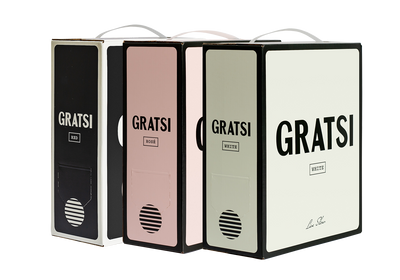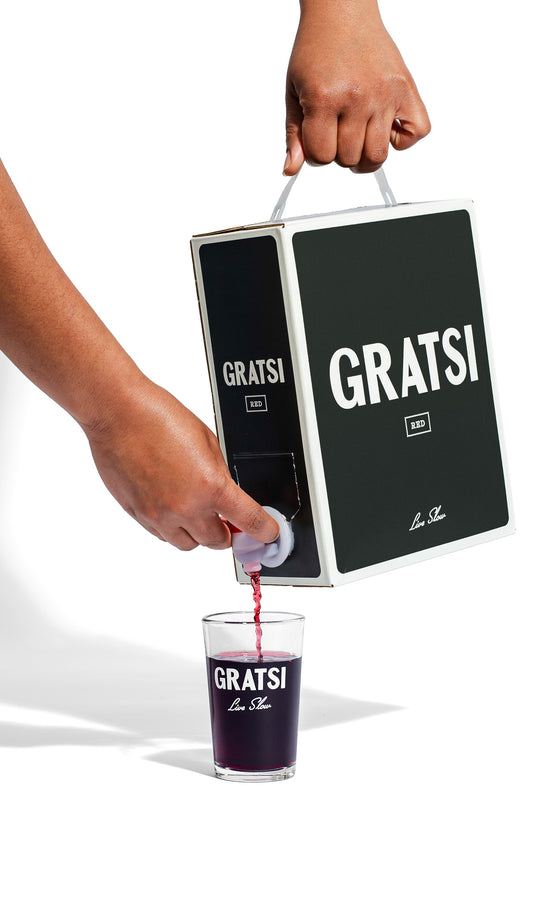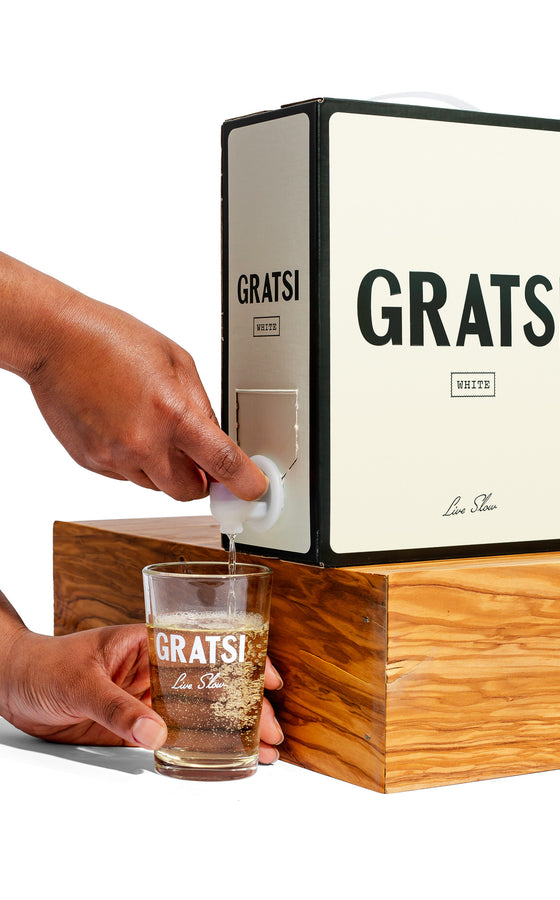Exploring Naples
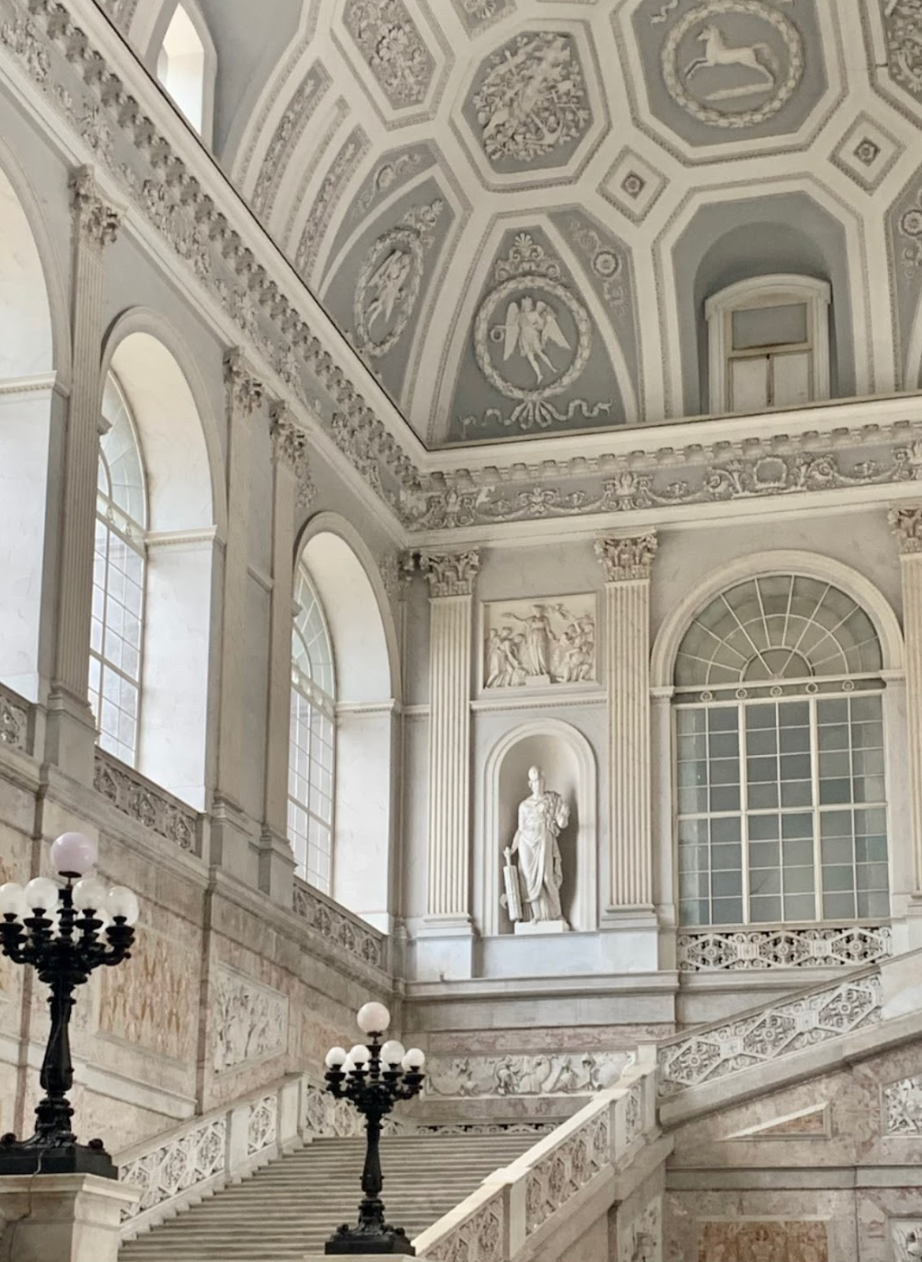
Italy’s Blue City
Exploring Naples
By Gabriela R. Proietti
August 30, 2022
I have said it before and will repeat it; despite being the third largest Italian city, Naples feels like a world of its own. Some may love it or hate it. My first trip down to the blue city was nearly a year ago, and since I haven't stopped thinking about it. So for me, it was inarguably love at first sight.

Naples is positioned on the southeast coast of the Italian Peninsula, tucked between Mount Vesuvius and the sea. Visitors and tourists are notorious for quickly passing through as they set sail for neighboring island destinations like Ischia or Capri and rocky cliff sea towns of the Amalfi Coast. Don't skip out on these destinations, but on your next trip down for a southern coastal holiday, carve out some time, at least a day or two, to explore this metropolitan hub. It is exploding with life, rich Mediterranean culture, irresistible food, intense history, and beauty around every corner.
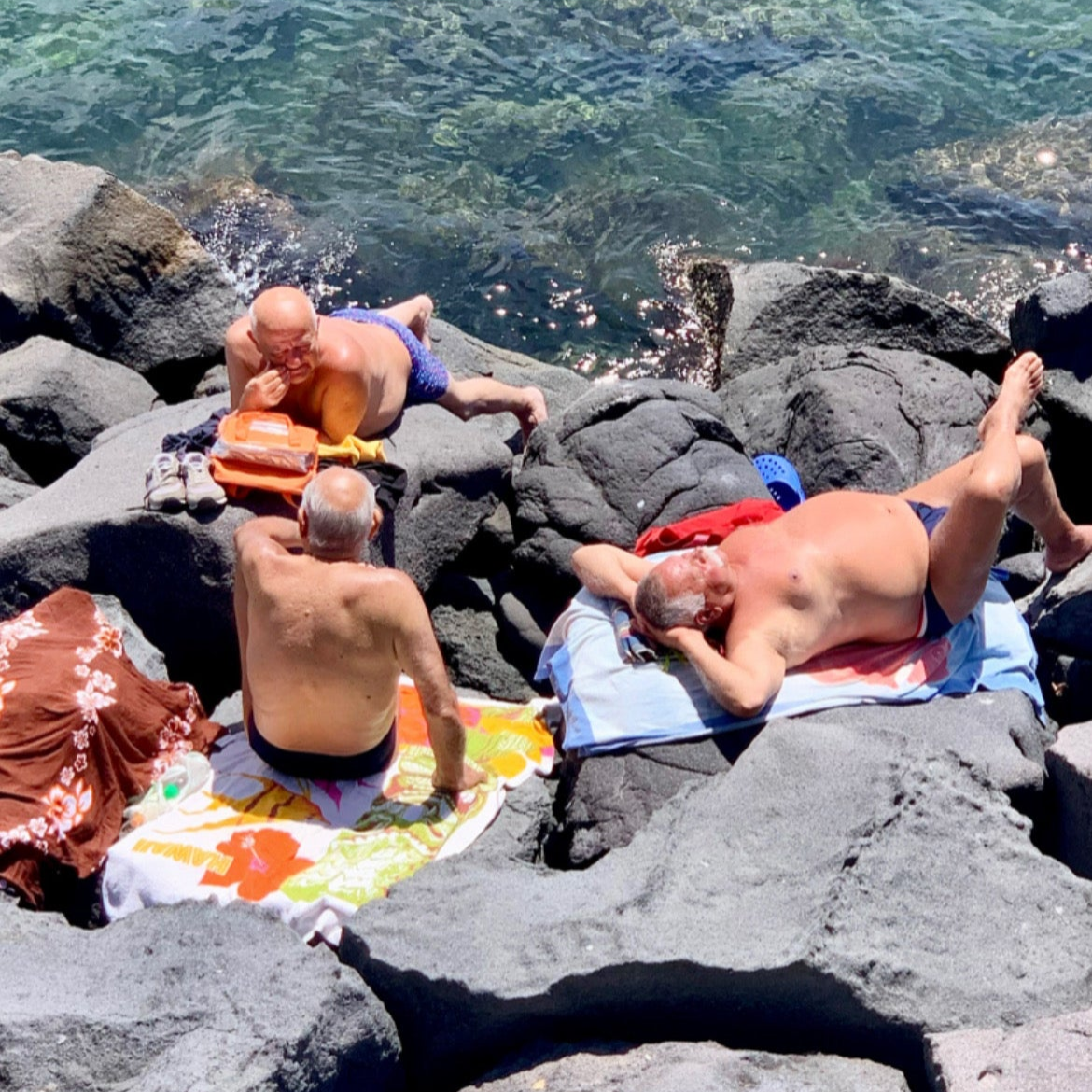
There is no best time to visit, but if I had a choice, it would be in the summer or early fall, when the days are counted by how many hours are spent under the sun. Arriving in Naples is an easy feat coming from most major Italian cities, as I tend to hop on the high-speed line and arrive from Rome in an hour's train ride. Once arriving, the question is never, 'what am I going to do?' but 'where do I even begin?' Luckily, the city is easily reachable on foot, with the help of that contagious Neapolitan energy and little caffeine.
A trip to Naples always begins with a coffee, as a Neapolitan's love is expressed with vuoi un caffe? (do you want a coffee?). A secret to making Neapolitan espresso is the mix of neighboring mineral water, fresh espresso beans, and passion and love. Wander down Corso Umberto, one of the significant historic streets, and stop for breakfast.

In the center of town, try Caffè Mexico in Piazza Dante, a 1960's bar that serves the best coffee in the city. There is Caffè del Professore, which is good for its caffè alla nocciola, a warm shot of espresso with a sweet spoonful of hazelnut cream, or Caffe Varriale for a well above-average cappuccino dusted with cacao. Of course, no breakfast is complete without a sweet Neapolitan pastry. There is graffa (a soft ringed fried donut coated with crystal sugar), sfogliatella (a crunchy pastry with flaky layers filled with a rich citrus and vanilla ricotta filling), or babà (a small sponge cake soaked in rum-infused syrup).
With a full stomach and happy heart, spend a few hours at the sea, the perfect place to observe a day-to-day Mediterranean inspired lifestyle. But first, make a few stops along the way before carving out R&R (rest and relaxation) time. Stroll down Via Toledo, an ancient street and the now-shopping town hub full of uncountable cultural sites.

On this main road, there is Galleria Umberto I, a naturally lit arcade crowned with a blue-domed glass and steel roof full of shops and bars. Across the street is San Carlo Opera House, Italy's oldest theater, lined with red velvet interiors and gold accents that are too beautiful for words. Piazza Plebescito marks the end of Via Toledo, a large public, open-air square sandwiched between Palazzo Reale, a massive palace, museum, and former residence used by the House of Bourbon, and Basilica Reale Pontificia San Francesco da Paola, a huge Pantheon-style church lined with greek-style columns located on the west end of the square.
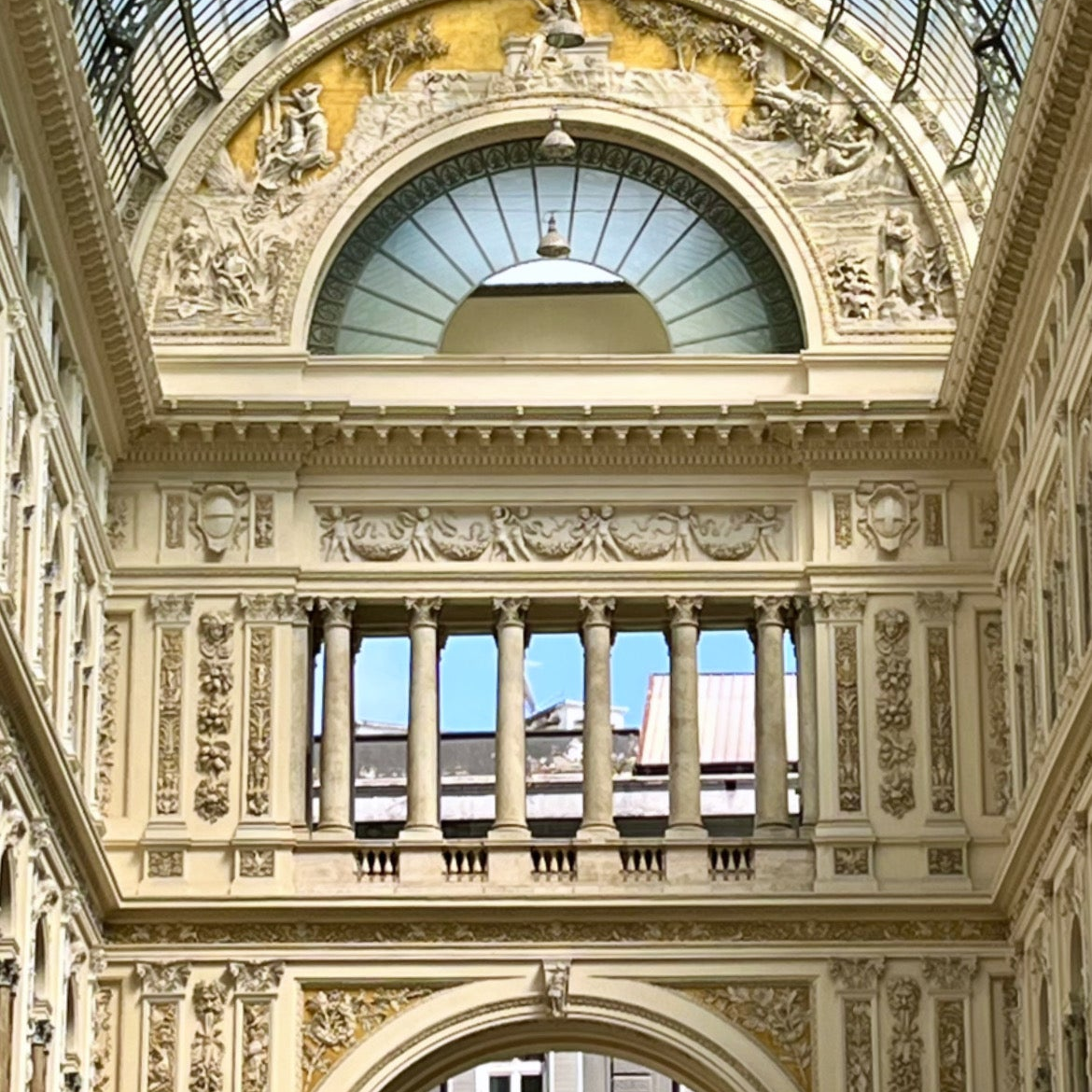
From Piazza Plebescito, locating the sea isn't too hard to do as both the natural coastal breeze and narrowing shadows of Vesuvius, the neighboring volcano, lead the way, and the glistening Bay welcomes you in. Via Nazario Saura is the main drag along the waterfront in the Santa Lucia district. Rotonda di Via Nazario Sauro is where I typically bring my towel and a book to read and find a spot along the rocks or grab a plastic chair and join the locals for a swim in the bay and some Neapolitan chatter.
Suppose you're more interested in a casual, sandy environment. In that case, a few blocks from Castel dell'Ovo is Lido Mappatella that offers a front view of Vesuvius and has a beautiful backdrop of the colorful homes of Mergellina. If beach clubs are your thing, head towards Posillipo, a breezy hillside with small hidden beaches that dot the coastline. I like Bagno Elena, Bagno Sirena, or Bagno Ideal for a tranquil afternoon. You get an umbrella, lounge chair, and straight shot image of Capri for a small fee, but make sure to make a reservation during the peak summer months.
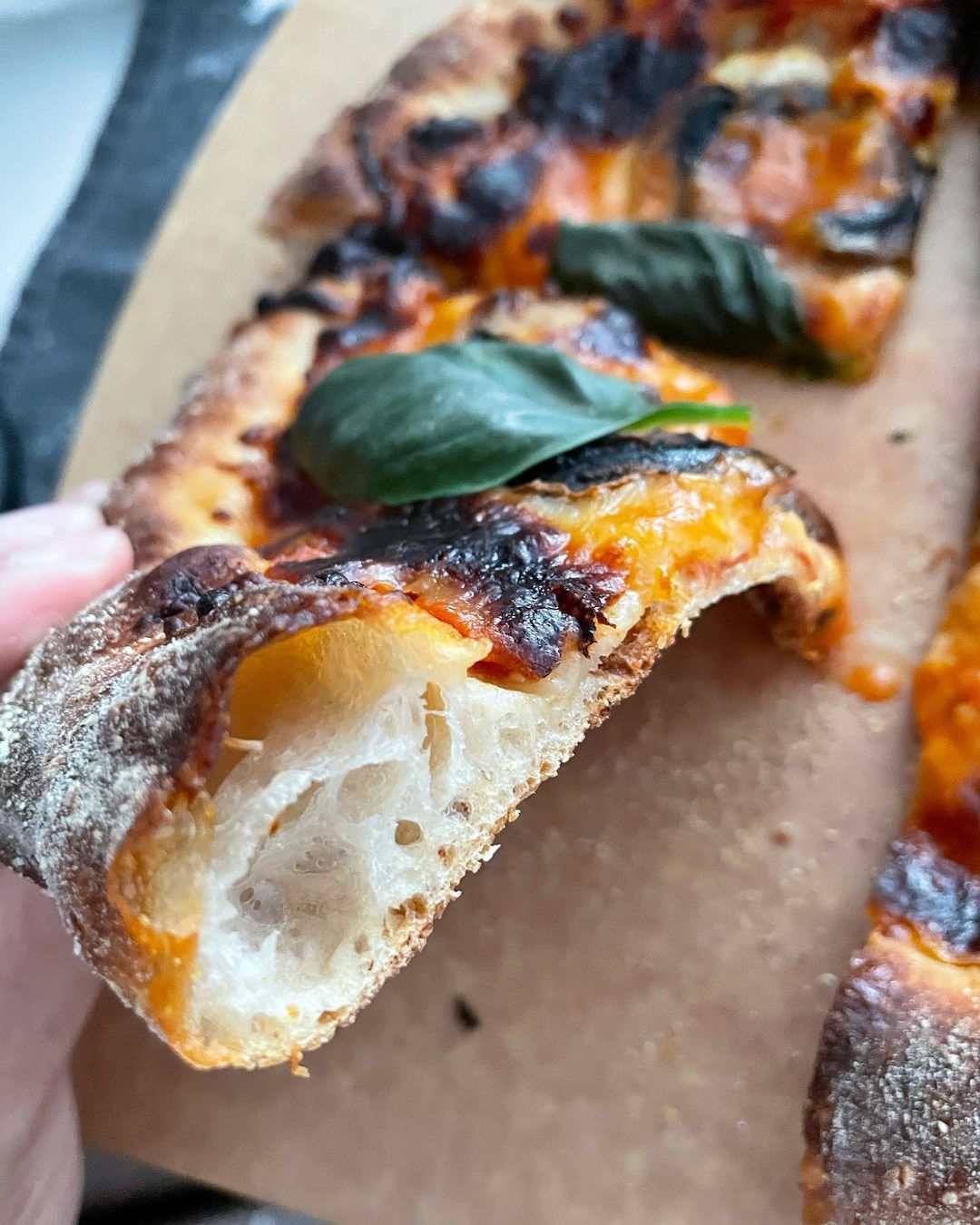
The sun always leaves me tired and hungry. Why not have another coffee and walk back up the hills for a quick and cheap typical Neapolitan meal…pizza! One place and one place only comes to mind to indulge in saucy dough and that is in the Quartieri Spagnoli (Spanish Quarters). With a deep history and steeper hills, this neighborhood is the city's most densely populated, characterized by dangling laundry, strong dialect, and narrowly lit streets. For an on-the-go option, I reach for pizza fritta (a lightly deep-fried dough stuffed with ingredients of your choice) from Pizza Fritta on Vico Conte di Mola or pizza a portafoglio (a miniature pizza folded in on its sides resembling a wallet) from Sorbillo. Stop in Pizzeria & Trattoria 22, located in the neighborhood's market, for a sit-down, typical thick crust styled pie.


